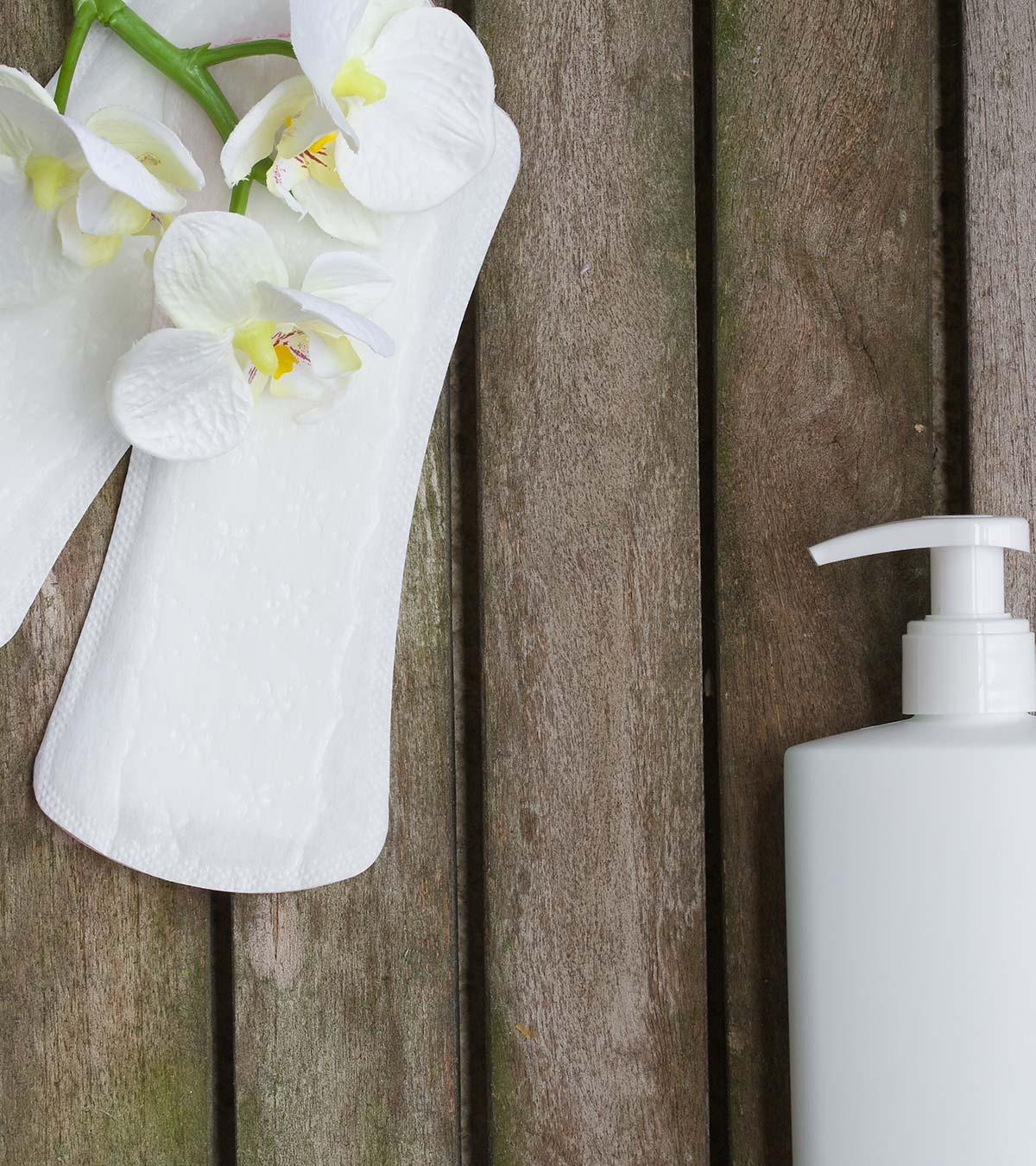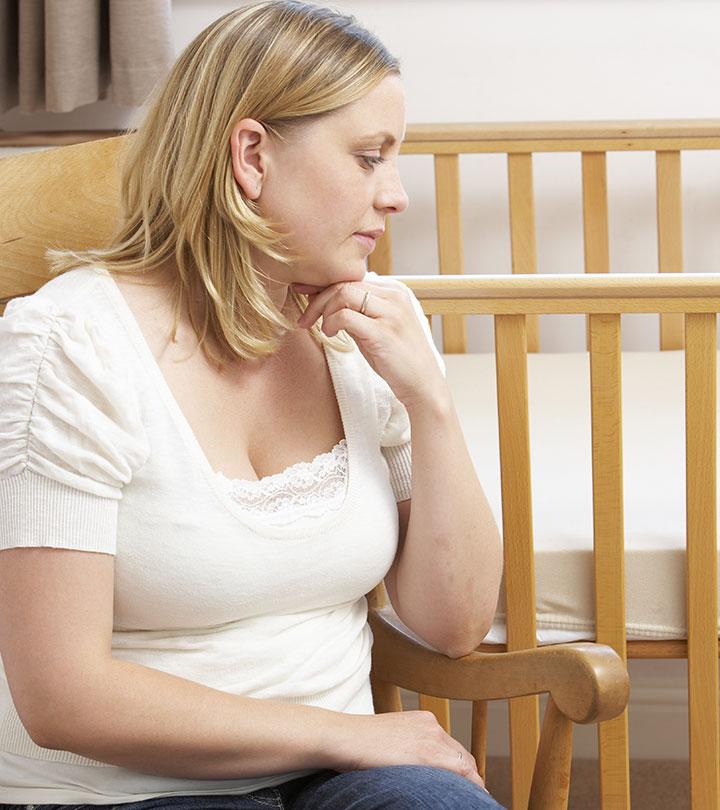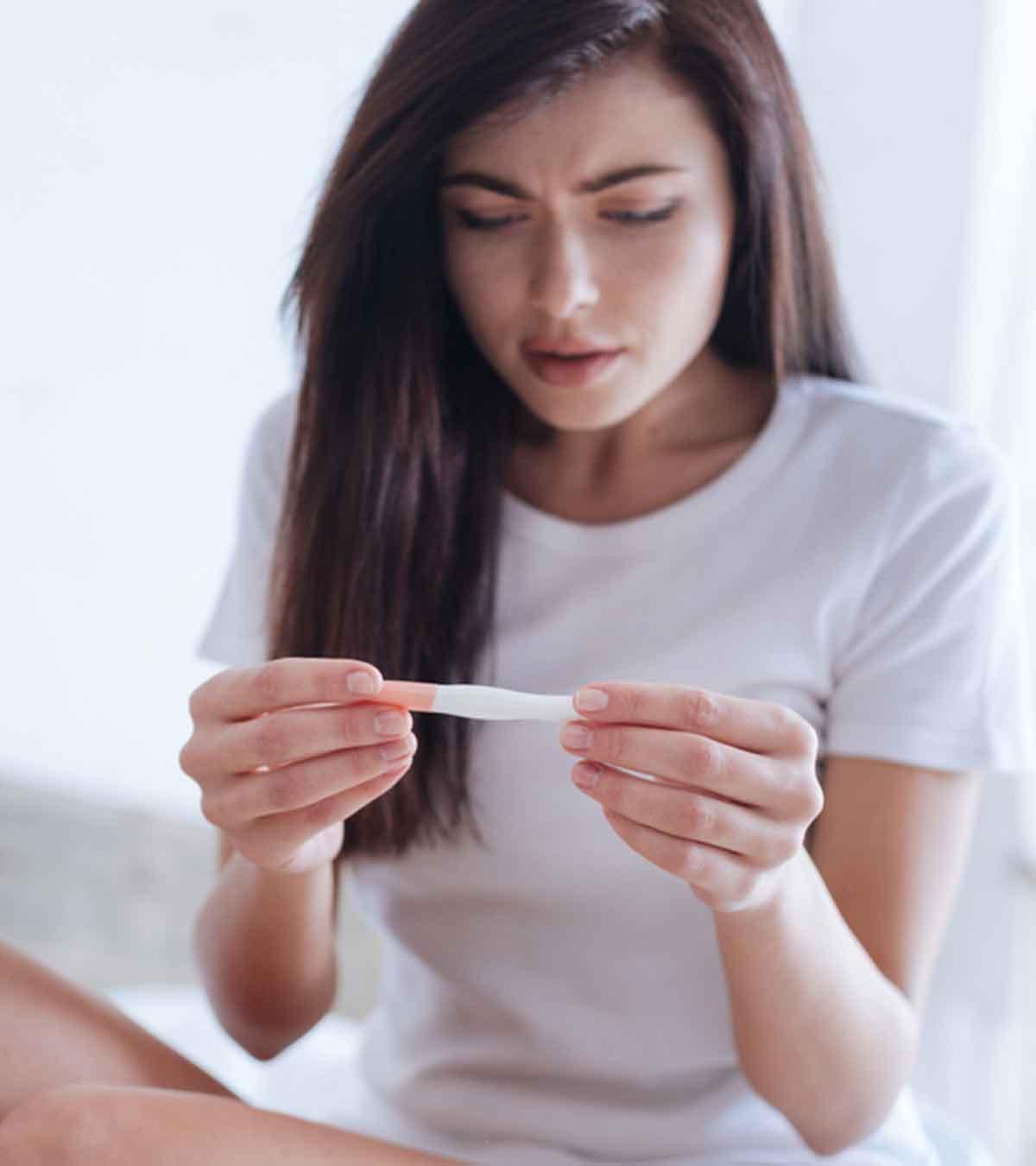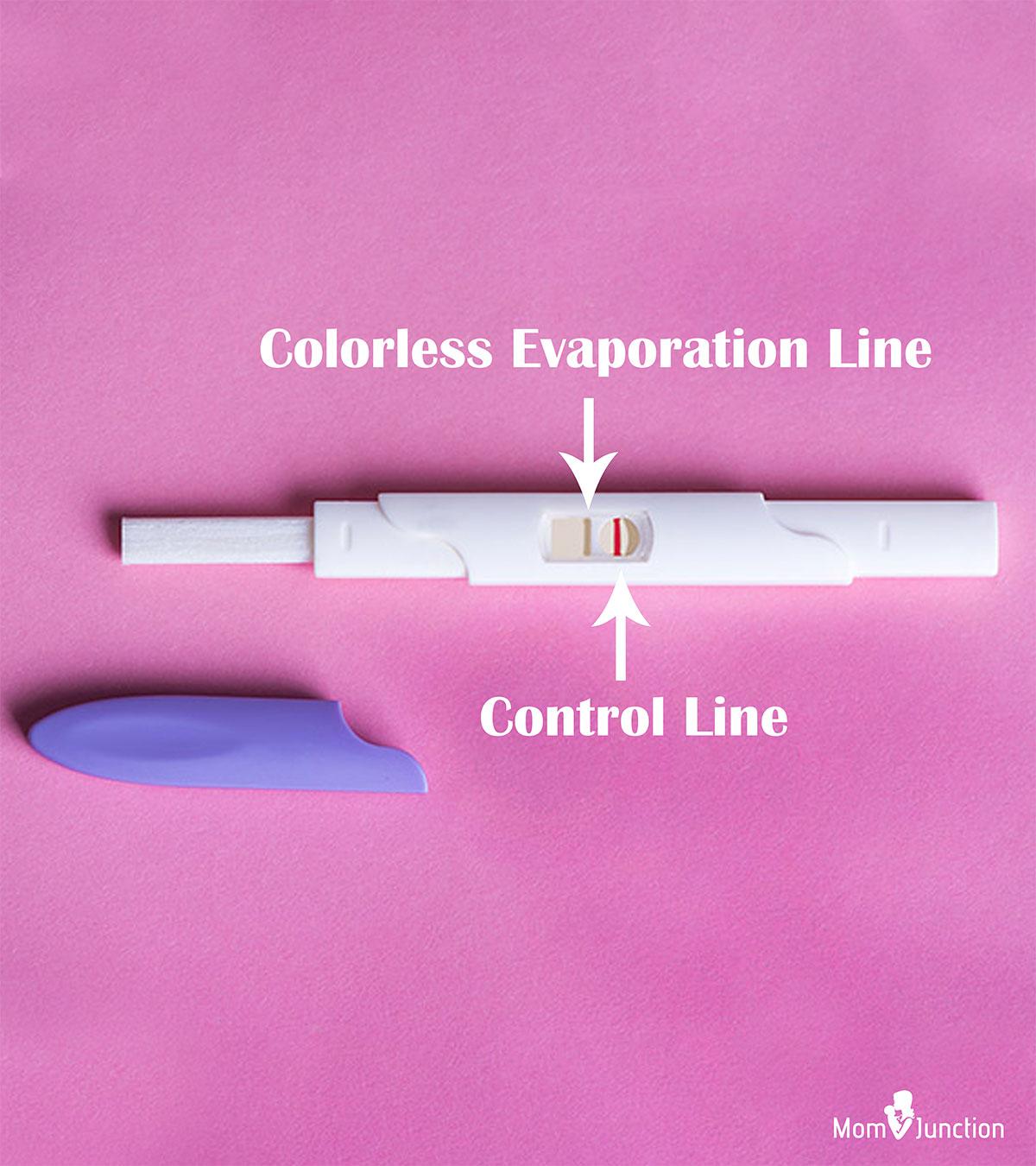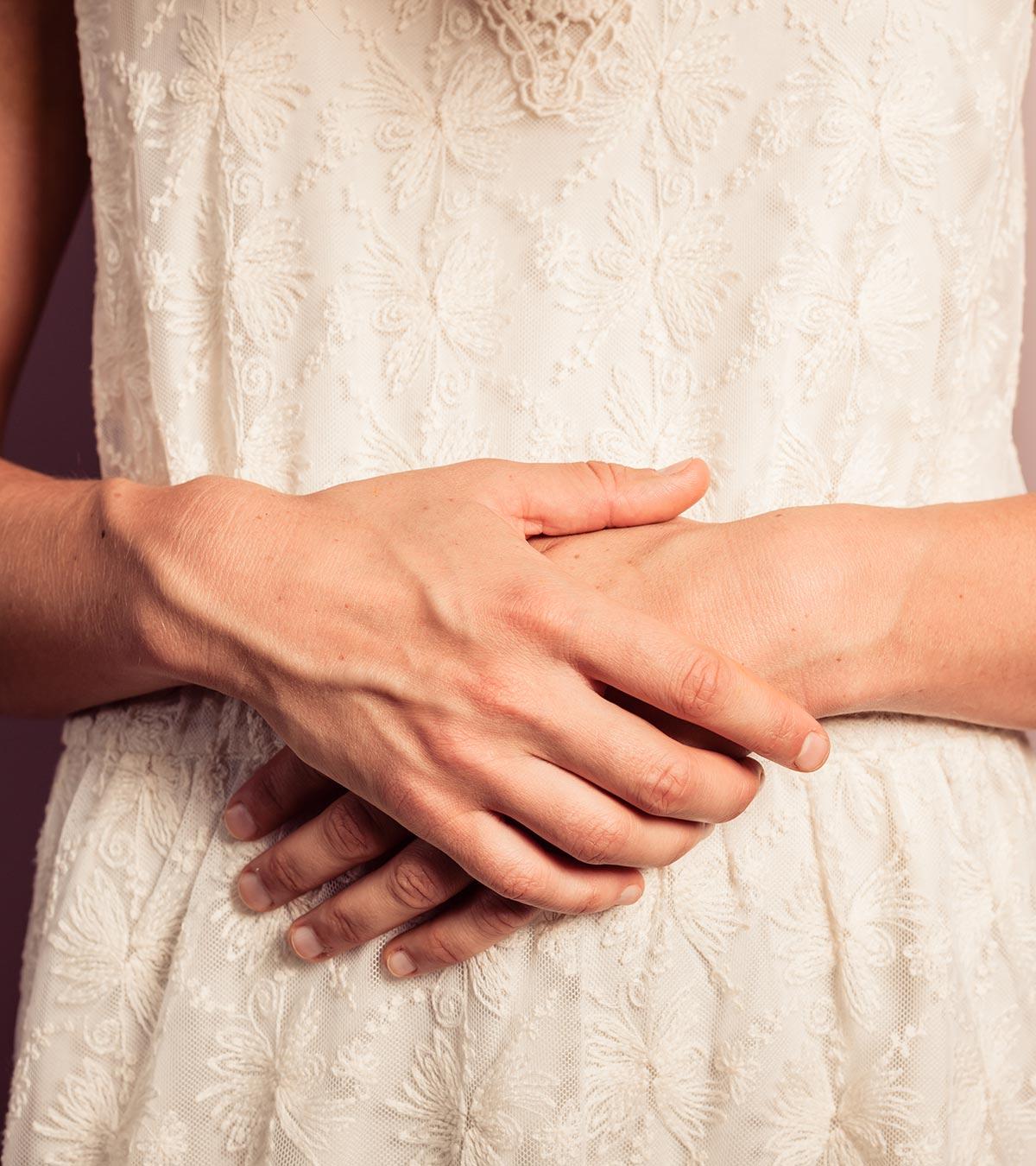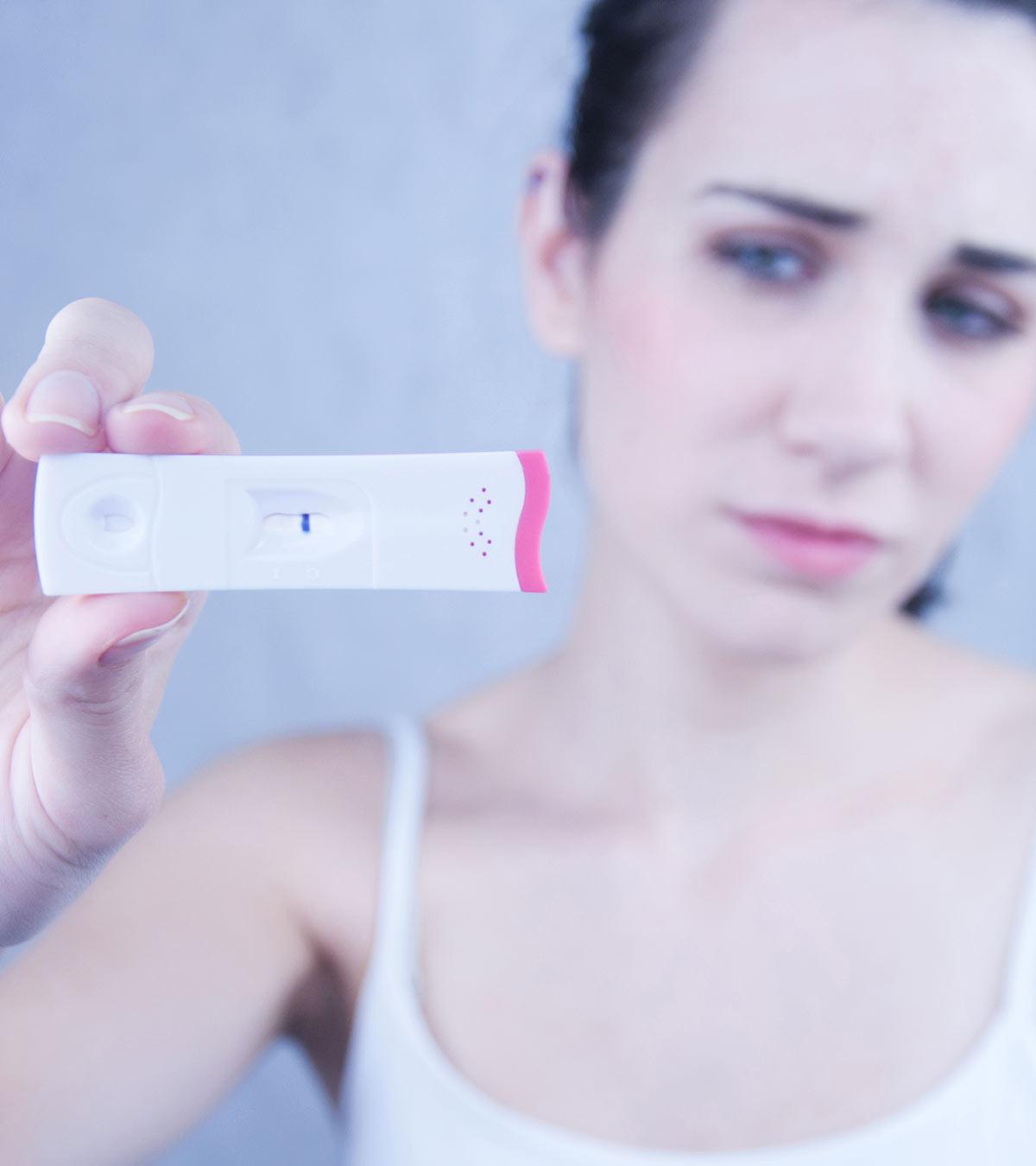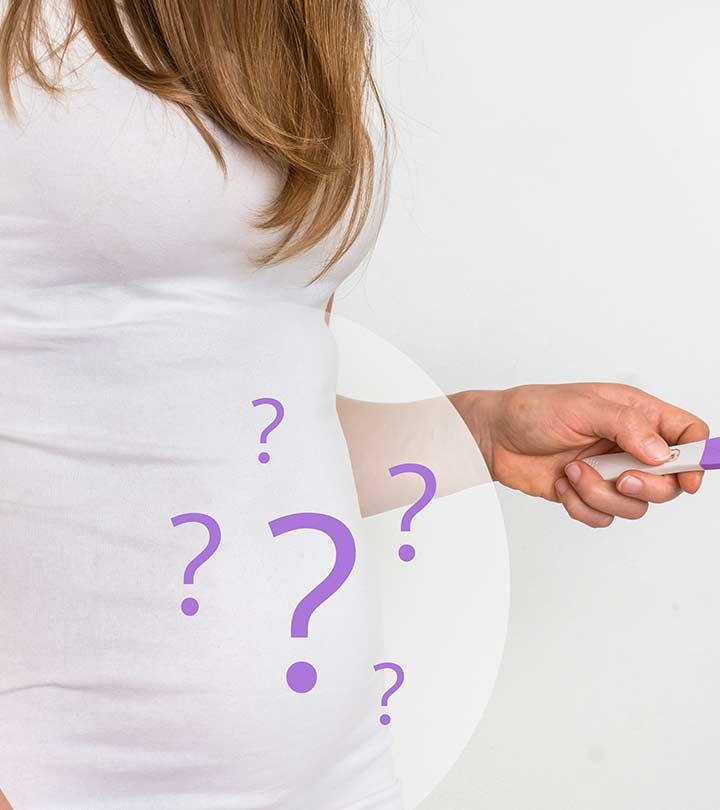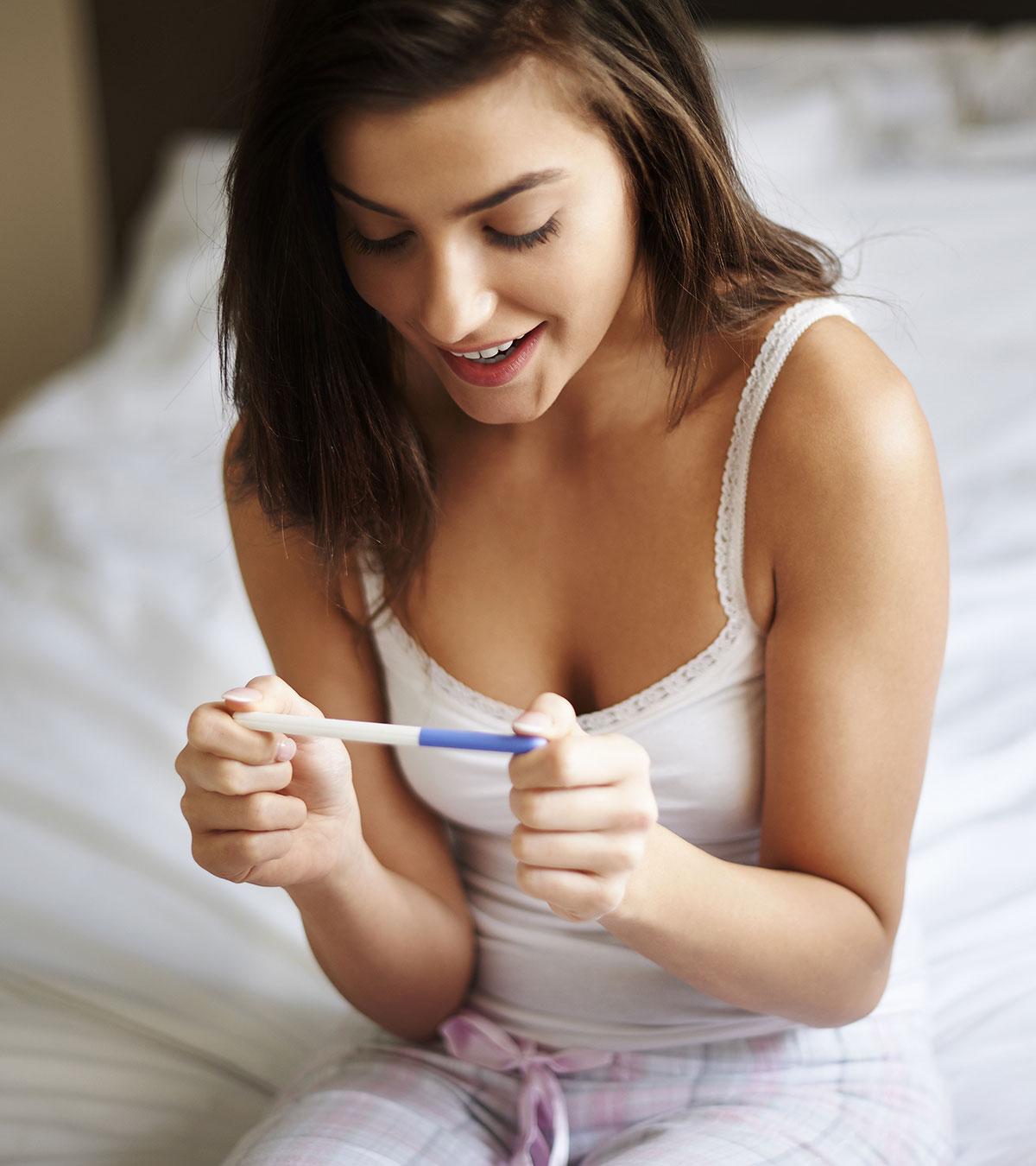
Image: Shutterstock
Homemade pregnancy tests are simple, non-medical methods to detect a pregnancy. Since not many pregnancy kits were available in the olden days, these tests were widely used to confirm a pregnancy. Some still rely on these pregnancy tests; however, they are not as precise as blood tests or modern home pregnancy tests.
Nevertheless, many women are curious to try these tests because they are easy to access and offer an alternative way to confirm results. If you are among them, you could try some safe and easy homemade tests that do not affect your health.
Want to know more about DIY pregnancy tests that are simple and easily doable in the comfort of your home? We have got you covered. But, first, let us begin by addressing the most common concern: how accurate are these tests? Read on to find out.
Key Pointers
- Homemade pregnancy tests are a non-medical method to detect pregnancy and are less precise than blood or modern pregnancy tests.
- There is no scientific evidence to support the accuracy of homemade pregnancy tests, so they should not be used as a replacement for a standard urine pregnancy test.
- Some examples of homemade pregnancy tests include the bleach pregnancy test, sugar pregnancy test, and toothpaste pregnancy test.
- To ensure the highest accuracy, collect the first urine of the day as it contains concentrated hCG levels.
- Use plastic containers and spatulas to conduct the test and repeat the test as many times as needed for accuracy.
How Accurate Are Homemade Pregnancy Tests?
Home DIY tests are not accurateHome DIY tests are not accurate
. Though these tests work similarly to pregnancy kits, there is no scientific evidence to prove their accuracy. The evidence available is derived from the experiences of the users. Also, it is not easy to detect the results because:
- Anecdotal evidence shows that the urine from non-pregnant women can also show the same reactions.
- The chemical reaction may vary depending on the product’s quantity and quality.
- Individual body chemistry and test timing may significantly affect the results.
- The exact quantity of the urine and the ingredients is not known. It means you might end up using too little or too much of it.
You can try these tests to have some fun. But no way should these substitute a standard urine pregnancy test. If you think you might be pregnant, it is best to see a healthcare provider for accurate testing.
Also, if women in your family or friends circle have tried it previously and got the right result, you might want to try these DIYs. In that case, read on as we share some of the most popular homemade pregnancy tests.
13 Homemade Pregnancy Tests People Try
Homemade tests are said to work by reacting to the hCG hormone (produced during pregnancy) present in your urine (1). You may prefer these at-home pregnancy tests if you have missed periods and other symptoms such as morning sickness, frequent urination, fatigue, bloating, and sore breasts (2).
 Quick tip
Quick tipThe following are some of the most common DIY pregnancy tests that people try.
1. Bleach pregnancy test
How it is done:
- Collect the urine in a container.
- Mix bleaching powder in it.
- If it starts to foam and fizz, it means you are pregnant.
How it is thought to work:
The hCG hormone is said to react to bleach and create foams in the urine sample. However, excessive protein in urine without the pregnancy hormone might also cause such a reaction.
Jodie Izzo, a mother of three sons, tried the bleach pregnancy test and says, “If it fizzes only a little bit, it means you’re not pregnant. If it really reacts and starts little bubbling up and fizzing up, then you might be pregnant.” For her, the mixture of her urine and bleach started to fizz, and later, a home pregnancy test kit revealed that she was indeed pregnant (i).
2. Pregnancy test with sugar

How it is done:
- Take about one tablespoon of sugar in a bowl.
- Add approximately one tablespoon of urine to it.
- Notice how the sugar reacts after you pour urine on it.
- If you are pregnant, the sugar is said to form clumps. Else, it simply dissolves.
How it is thought to work
: It is believed that the hCG hormone does not allow the sugar to dissolve in urine.
3. Dettol pregnancy test
How it is done:
- Pour a tablespoon of Dettol into a glass.
- Add three tablespoons of urine, maintaining a 1:3 ratio of Dettol to urine.
- Allow it to sit for five to seven minutes.
- Check if the urine separates from the Dettol and forms a layer.
How it is thought to work:
If the urine forms a distinct layer, it indicates pregnancy. If the solution blends, the result is negative.
4. Toothpaste pregnancy test
How it is done:
- People use white toothpaste for this test.
- Take two tablespoons of white toothpaste in a container.
- Add the urine sample to it.
- Notice if the toothpaste changes its color.
How it is thought to work:
It is said that if you are pregnant the toothpaste turns blue or frothy.
5. Vinegar pregnancy test
How it is done:
- Take a little vinegar in a plastic container.
- Mix your urine in it.
- You may notice bubbles while mixing. Let it stand and observe the color.
How it is thought to work:
It is said that you are pregnant if the color of the vinegar changes. However, even if the color changes, it might be too mild to observe.
6. Homemade soap pregnancy test

How it is done:
- Take a piece of soap that is big enough to hold in your hands.
- Pour urine on the soap and notice the reaction.
How it is thought to work:
The hCG is said to create bubbles on the soap.
7. Shampoo pregnancy test
How it is done:
- Put two drops of shampoo in a bowl.
- Add water and whisk gently to create a soapy solution.
- Add a few drops of urine and see if the solution bubbles.
How it is thought to work:
The test is based on the belief that frothing or the formation of bubbles in the shampoo solution indicates pregnancy. Conversely, a lack of reaction means you are not pregnant.
8. Pregnancy test with baking soda
How it is done:
- Take two tablespoons of baking soda (a crystalline salt) in a bowl.
- Add the collected urine to the baking soda, and observe it.
How it is thought to work: Baking soda’s reaction with hCG is believed to create bubbles similar to the ones you find after opening a soda pop
.
Sadie, a mother of two and a blogger from Yorkshire, England, shares her experience with the baking soda test for the gender reveal as well. She says, “For this test you wee in a pot and add baking soda. If it fizzes it’s a boy and if it doesn’t then it’s a girl. This one was also right for me (ii).” The prediction was right for her and she gave birth to a baby boy Logan.
9. Pine-sol pregnancy test
How it is done:
- Take a small amount of standard pine-sol in a cup.
- Add a sample of urine in it.
- Mix them properly and wait until pine sol gets dissolved in the urine.
How it is thought to work:
Pine-sol is said to change color when it comes in contact with hCG.
10. Dandelion leaf pregnancy test

How it is done:
- Take a few fresh dandelion leaves and place them on a plastic sheet, away from direct sunlight.
- Pour urine all over the leaves to submerge them.
- Wait for at least ten minutes and check if there are red blisters on the leaf.
How it is thought to work:
The hCG is believed to react with the components of the leaf.
11. Tylenol and peroxide pregnancy test
How it is done:
- Crush two Tylenol tablets and put the powder on a clear glass bowl.
- Pour hydrogen peroxide so that the powder turns fizzy.
- Now add a teaspoon of first urine to the above mixture.
- Observe the change in color.
How it is thought to work:
The reaction with the hormone is said to change the color of the solution to blue.
12. Tuna and vinegar pregnancy test
How it is done:
- Take equal amounts of tuna juice and vinegar in a container. Mix them properly.
- Now add half a cup of urine to the above mixture.
- Observe for some time to see any changes in the color.
How it is thought to work:
It is believed that the solution turns green if you are pregnant and yellow if you are not pregnant.
13. Wine test pregnancy test

How it is done:
- Take half a cup of wine and half a cup of urine.
- Mix both of them.
- It takes about ten minutes for a reaction to occur.
How it is thought to work:
This too relies on the change in color. hCG is said to change the color of the solution.
In addition to this, apple cider vinegar, mustard powder, lemon juice, and red cabbage have all been suggested as potential ingredients for DIY pregnancy tests. However, it’s important to note that there is little scientific evidence to support the effectiveness of these methods.
So, have you decided to try one or more of these tests? Then you might want to know some tips.
Tips To Follow If You Are Trying This Test
Following these tips might help:
- Use the first urine of the day as it has concentrated hCG levels.(1)
- Use plastic containers and spatula for collecting urine samples and other ingredients.
- You may repeat the method to make sure the result is right.
Frequently Asked Questions
1. How can I check if I am pregnant without a pregnancy test?
Early pregnancy symptoms may help you know that you are pregnant without taking a pregnancy test. Missed periods, sore breasts, spotting, and morning sickness are common early pregnancy symptoms. However, it is impossible to rely on early symptoms to confirm pregnancy since not all women may experience early pregnancy symptoms, which can also be seen in other medical conditions (2).
2. Can you take a home pregnancy test at night?
You can take a pregnancy test at home anytime. However, it is recommended to test with early morning urine to increase the accuracy of results. This is because urine can be diluted and often give false-negative results in the initial days of pregnancy.
3. Can a one-week pregnancy be detected in a home pregnancy test?
One-week pregnancy may not be detected on a home pregnancy test since the placenta begins to make the hCG hormones ten days after fertilization. Urine samples may give accurate results two weeks after conception or when menstruation is due (3).
4. What is a finger test in pregnancy?
The position of the cervix and the consistency of cervical mucus can help you know if you conceived. You can insert clean and washed fingers into the vagina to reach near the cervix. The cervix feels soft and sits higher around ovulation and drops down around your period date if you have not conceived (5) (6).
Moreover, the cervical mucus is thin and slippery around ovulation and dries up or thickens if fertilization does not occur. However, if you have conceived, the cervical mucus remains thin or gets a pink or brown tinge, also called implantation bleeding (7).
5. When should I take the pregnancy test?
Dr. Sujatha Vivek, a board-certified obstetrician and gynecologist from Alpharetta, Georgia, says, “The timing of taking a pregnancy test depends on the regularity of your menstrual cycle and when you had sexual intercourse. Generally, it’s best to wait until your missed period to take a pregnancy test for the most accurate results. “If you have irregular periods, it may be harder to determine the best time to take a pregnancy test. In this case, it’s recommended to wait at least three weeks after you had sexual intercourse before taking a pregnancy test.”
6. What should I do if my homemade test says I’m pregnant?
If a homemade pregnancy test shows a positive result, confirm it with a commercial pregnancy test kit or by visiting a healthcare provider. Meanwhile, it is best to avoid alcohol, tobacco, and other harmful substances.
Homemade pregnancy kits may be easy to access, but they are not as reliable as other medical options. These test kits’ accuracy is also not backed up by scientific evidence. Also, several factors may affect the urine, leading to inconsistent or false-positive results. Hence it is advised to confirm your doubts about conception using medically approved pregnancy test kits available in the pharmacies (4). Even while using the pharmacy pregnancy test kits, follow the manufacturer’s advice. Conduct the test more than once for confirmation. Later, visit a gynecologist for a blood test and confirm the results.
Infographic: Homemade Pregnancy Tests People Try
Scientific or not, there may be many who try to check their pregnancy at home with DIY tests. Sometimes the results may match the medical tests, and during others, they don’t. But it may be an interesting experiment to try. So if you are curious, scroll through the infographic to learn about common homemade pregnancy tests people try. Illustration: Momjunction Design Team
Illustration: Simple Homemade (DIY) Pregnancy Tests: Do They Work?
_pregnancy_tests_do_they_work_illustration.jpg.webp)
Image: Dall·E/MomJunction Design Team
This video examines the reliability of DIY pregnancy tests, highlighting their inaccuracies. It emphasizes the significance of using a store-purchased test for precise results, particularly after experiencing a missed period.
Personal Experience: Sources
MomJunction articles include first-hand experiences to provide you with better insights through real-life narratives. Here are the sources of personal accounts referenced in this article.
i. Live DIY pregnancy tests;https://youtu.be/yUBieqnoaUg?feature=shared
ii. Old wives tales … tale or truth;
https://lifewiththewoodheads.wordpress.com/2018/04/19/old-wives-tales-tale-or-truth/
References
1. HCG in urine; NIH (2018)
2. Pregnancy: Am I Pregnant; Cleveland Clinic
3. Signs of Pregnancy/The Pregnancy Test; Lucile Packard Children’s Hospital; Stanford Children’s Health
4. Signs of Pregnancy/The Pregnancy Test; Lucile Packard Children’s Hospital; Stanford Children’s Health
5. Cervix; Cleveland Clinic
6. Cervical Health 101: Exploring Your Cervix for Health and Pleasure; Planned Parenthood Federation of America
7. Cervical Mucus; Cleveland Clinic
Community Experiences
Join the conversation and become a part of our nurturing community! Share your stories, experiences, and insights to connect with fellow parents.
Read full bio of Dr Sachchidananda Maiti
- Dr. Sujatha Vivek is a board-certified obstetrician and gynecologist with over ten years of experience. She did her medical school and internship at Madras Medical College and moved to the UK for training in Obstetrics and Gynecology at Liverpool Women's Hospital and Wigan & Leigh NHS trusts.
 Dr. Sujatha Vivek is a board-certified obstetrician and gynecologist with over ten years of experience. She did her medical school and internship at Madras Medical College and moved to the UK for training in Obstetrics and Gynecology at Liverpool Women's Hospital and Wigan & Leigh NHS trusts.
Dr. Sujatha Vivek is a board-certified obstetrician and gynecologist with over ten years of experience. She did her medical school and internship at Madras Medical College and moved to the UK for training in Obstetrics and Gynecology at Liverpool Women's Hospital and Wigan & Leigh NHS trusts.
Read full bio of Rebecca Malachi
Read full bio of Swati Patwal
Read full bio of Dr. Joyani Das











